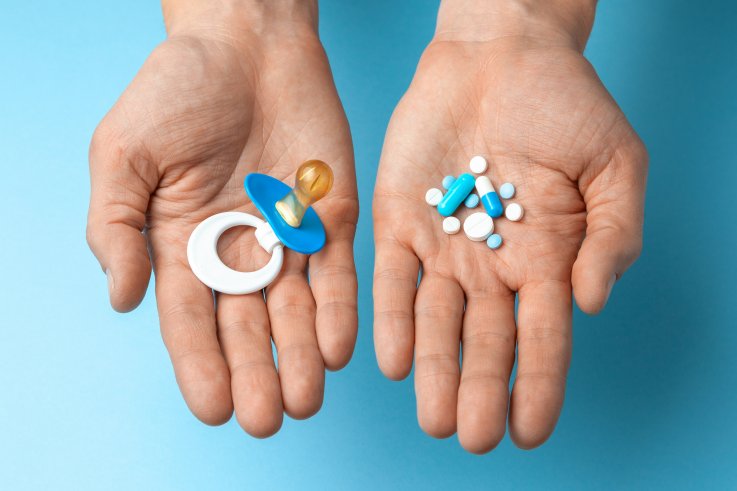HIV Baby Rejected 10 Times For Adoption Before Gay Couple Was Allowed to Adopt

BY
An Argentinian gay couple has adopted an HIV positive baby girl who had previously been rejected by 10 other families.
The child, named Olivia, was born with the virus. Earlier attempts to adopt out the girl had not been successful, with prospective parents apparently being wary of the child's HIV status.
That all changed after married couple Damian Pighin and Ariel Vijarra agreed to adopt the girl when she was only 28 days old. They said that they knew the adoption was right when they instantly felt affection towards the child.
"As soon as I saw her, I felt she was part of my life," Vijarra told local media. "The connection was immediate. We held her in our arms, we gave her the bottle and she looked at us with her eyes wide open, without crying."
Vijarra and Pighin live in the Sante Fe province of Argentina and have been married since 2012. The country legalized same-sex marriage two years earlier. The couple works to help other couples adopt unwanted children at the non-governmental organization they created, which is called Acunar Familias, or "Cradle Families."
Olivia is currently being treated for her HIV, and the virus is said to be undetectable as a result. A year after their first adoption, the couple adopted a second child, Victoria.
Treatment options for those living with the virus, which had previously been almost invariably fatal.
In the 1990s, new drug treatments were developed, involving a "cocktail" of antiretroviral medications. For the first time, the life expectancy of HIV positive individuals with access to treatment increased substantially. As treatment regimens further developed, the life expectancy of those under treatment for the virus approached that of HIV negative people. With medicine to keep HIV under control, it became possible for patients to never fully develop AIDS.
Although medical innovation has dramatically increased the lifespan of those with access to HIV treatment, not being able to afford or access medicine means the virus remains regularly fatal in some parts of the world. In 2018, there were said to be 14.6 million people living with the virus who were not receiving treatment. Although deaths from the disease are now relatively uncommon in developed nations, an estimated 770,000 people died from the effects of the virus last year.
Medical science continues to develop new courses of treatment for the disease. In a study published in July, scientists claimed that they had used sequential antiretroviral therapy and CRISPR gene-editing technology to effectively eradicate the virus in "humanized" lab mice. Additionally, a study published in May suggests that those on currently available treatment, where HIV levels are undetectable, pose no risk of transmitting the virus to their partners.
Comments